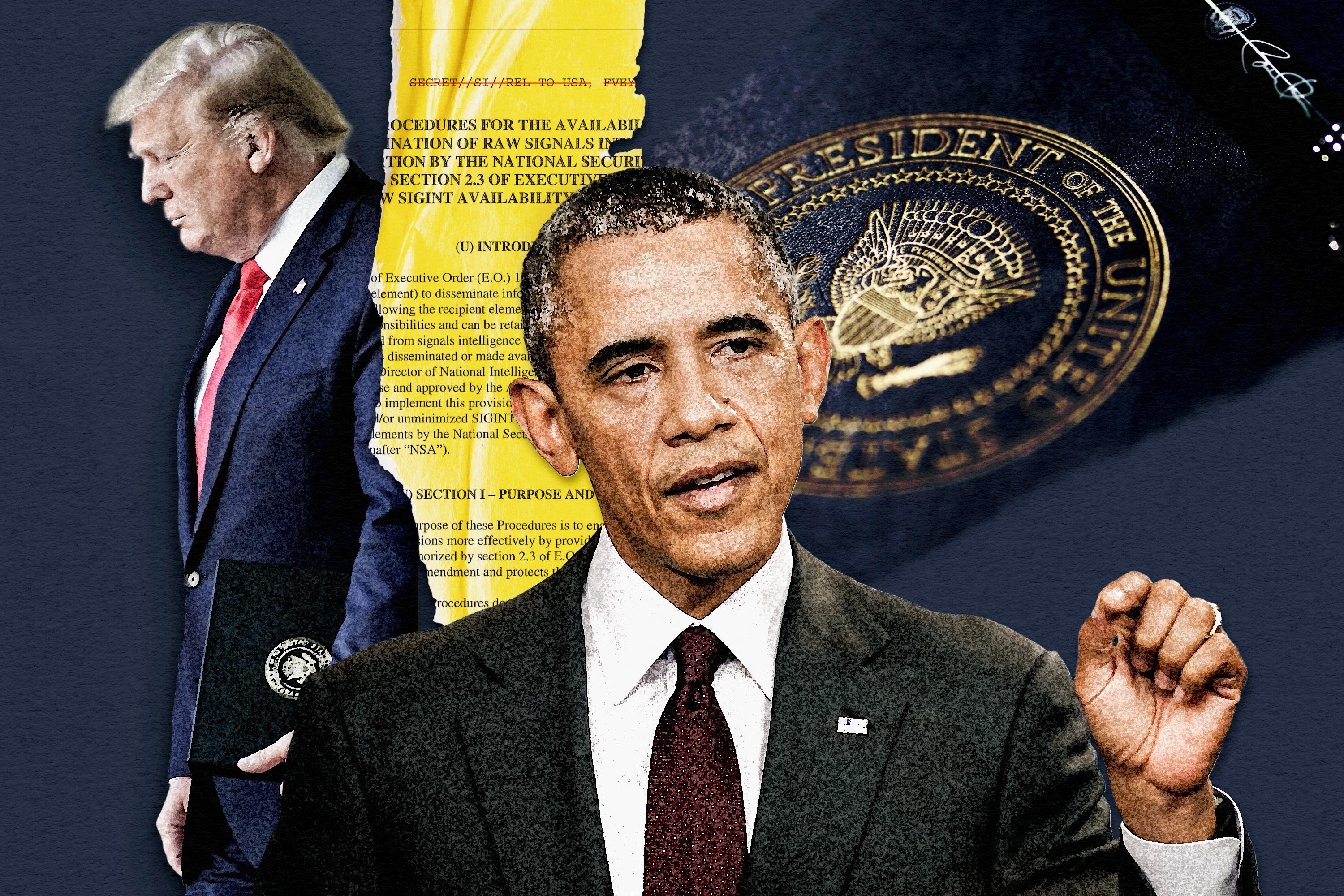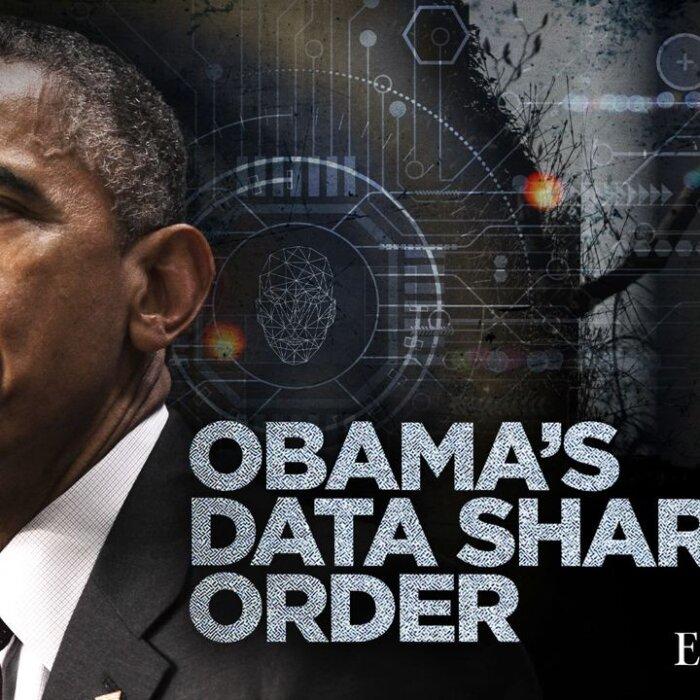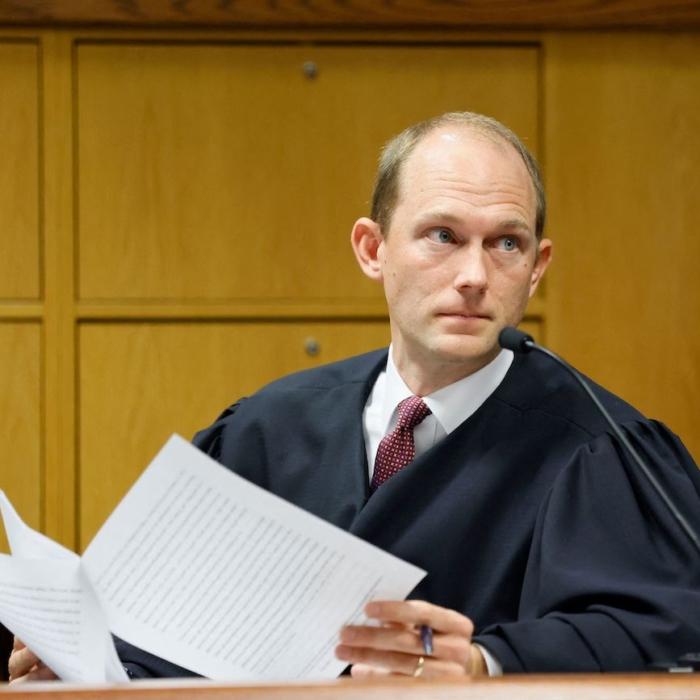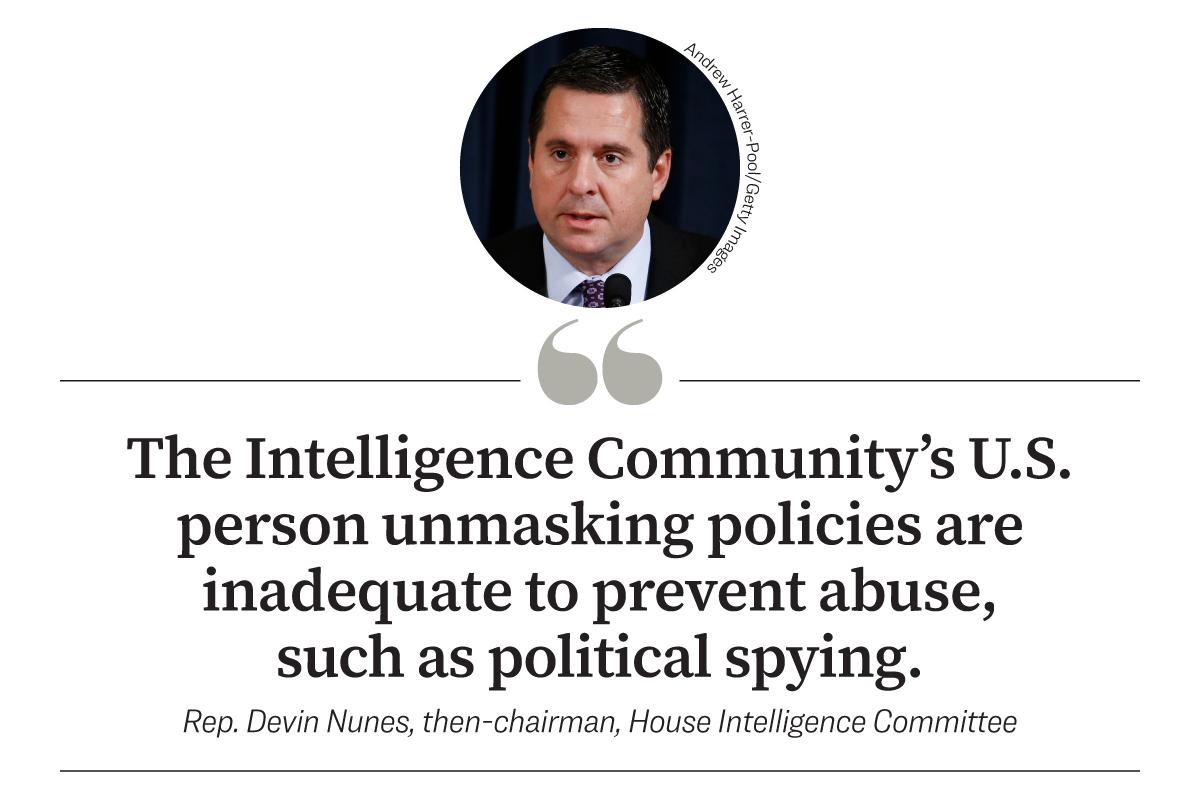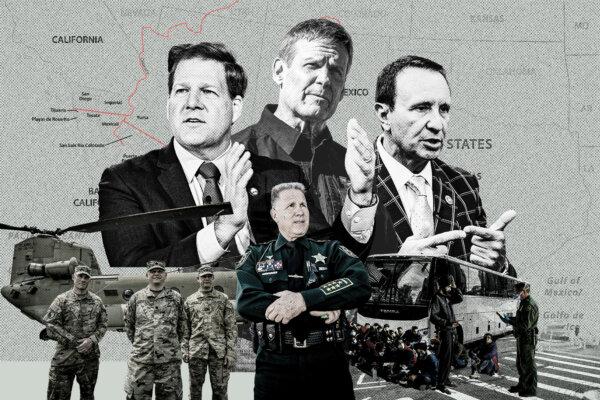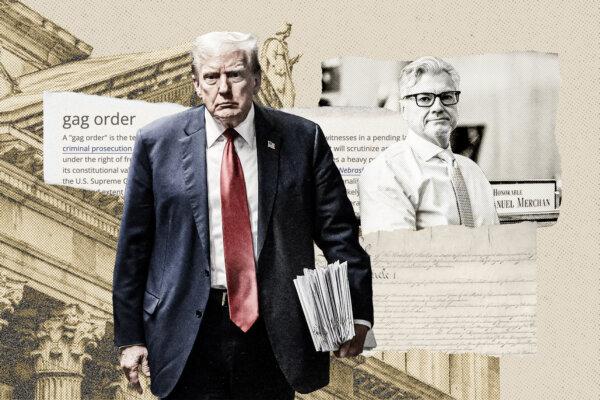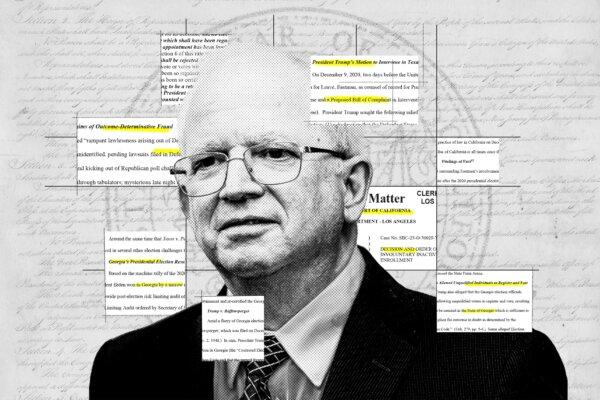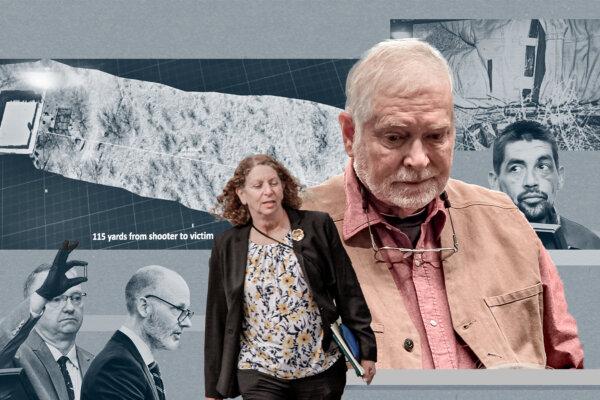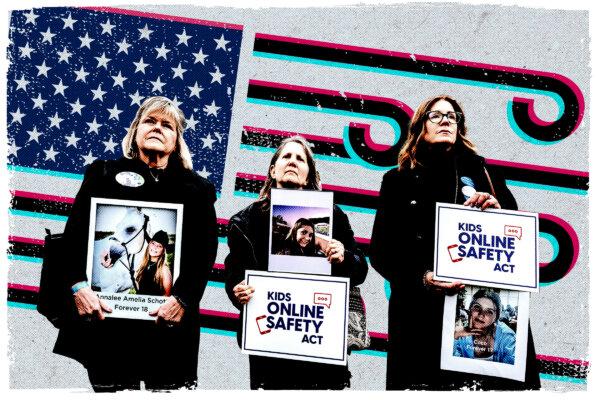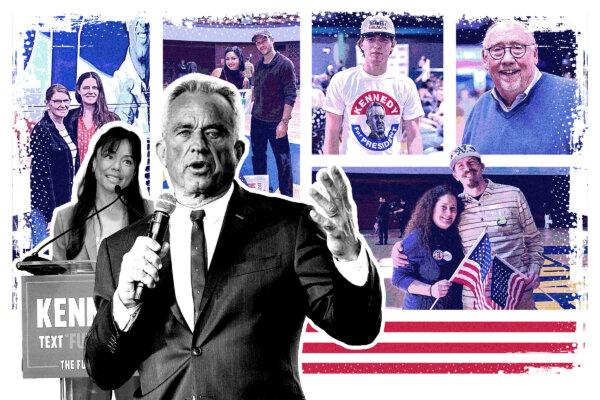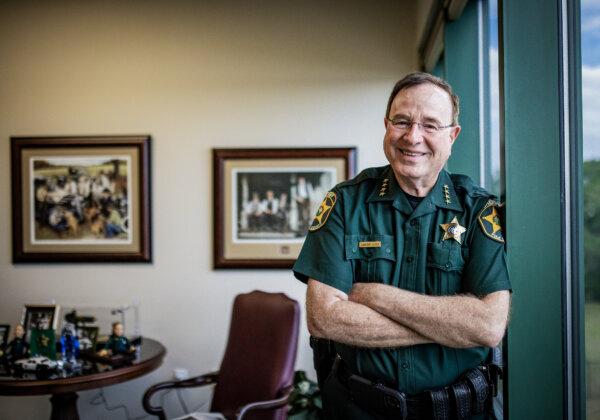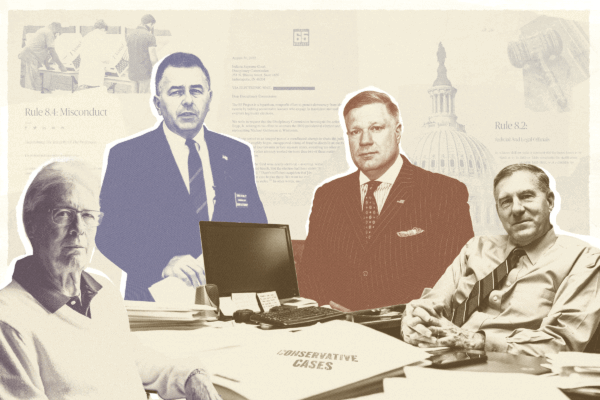Although widely overlooked, the implications were broad and far-reaching.
Under the new procedure, agencies and individuals could make a request to the National Security Agency (NSA) for access to specific surveillance simply by claiming that the intercepts contain relevant information that’s useful to a particular mission.
No privacy protection of the raw data was undertaken. Under the new rules, sharing of information was significantly easier—and the information being shared was raw and unfiltered.
At the time, I wondered about the timing of the order. But what I found particularly curious was that it was enacted so late. Allow me to explain.
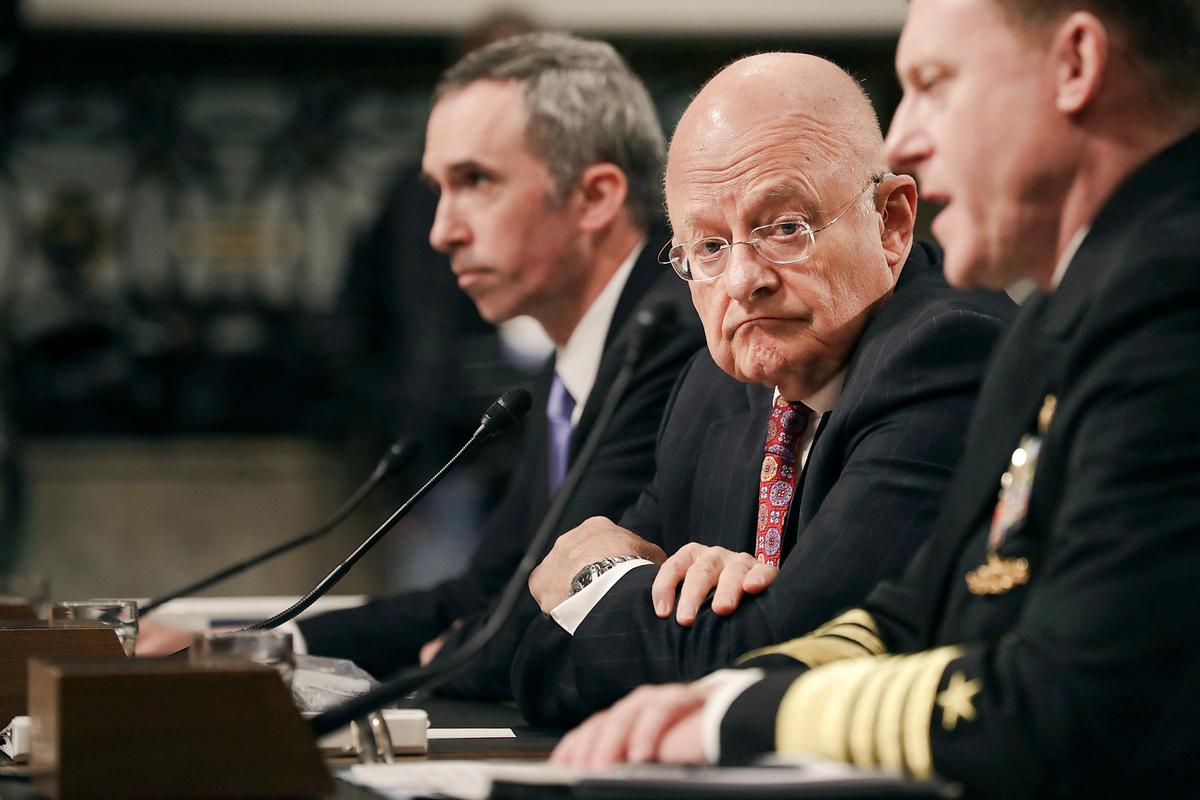
Why the pressing need to rush this order during the final days of his office—an order that allowed for significant expansion in the sharing of raw intelligence among agencies?
Was it to enable dissemination of information gathered by those in the Obama administration among intelligence agencies? But if so, why was the order not put into place earlier?
Why just weeks before President-elect Donald Trump officially took over the Oval Office?
On its face, the rule was supposedly put in place in order to reduce the risk that “the N.S.A. will fail to recognize that a piece of information would be valuable to another agency,” but in reality, it dramatically expanded government officials’ access to the private information of U.S. citizens.
However, with the Jan. 3, 2017, approval of Section 2.3, and the associated expansion of sharing globally intercepted communications, other intelligence agencies would be able to search “directly through raw repositories of communications intercepted by the N.S.A. and then apply such rules for ‘minimizing’ privacy intrusions.”
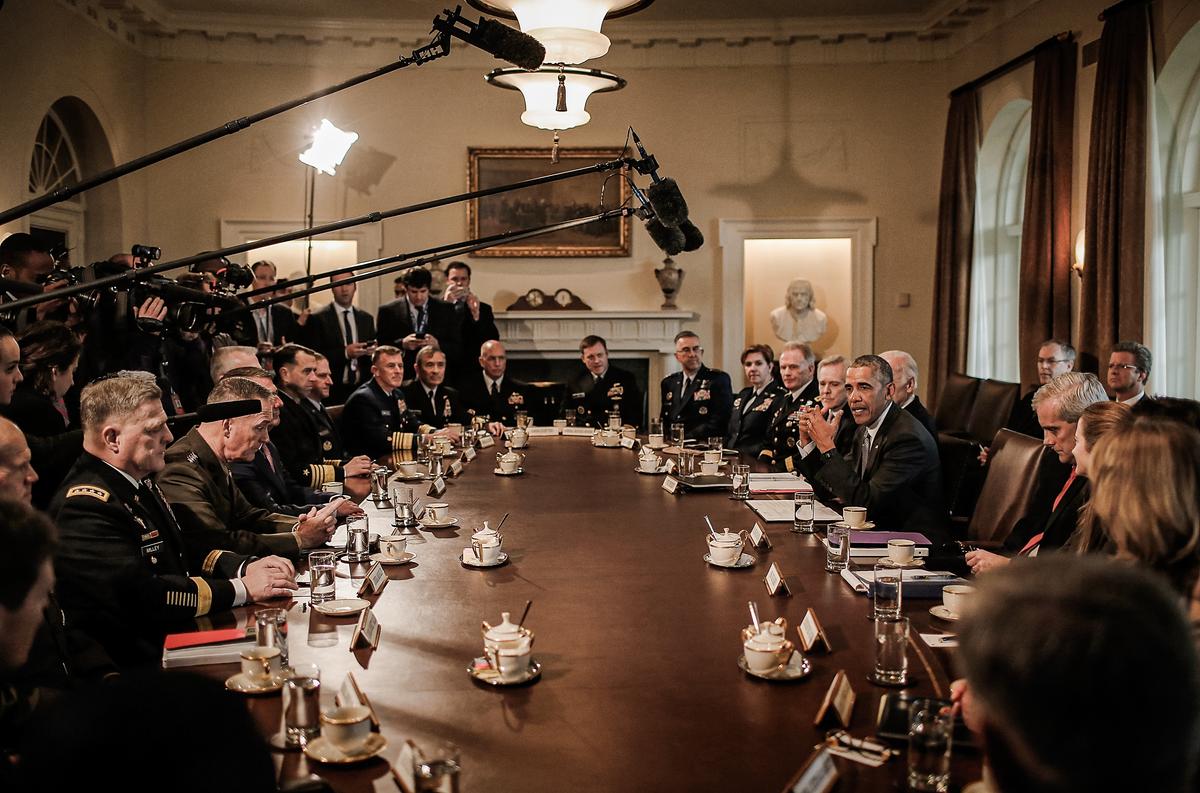
When President Obama’s new NSA Data Sharing Order was signed, many wondered at the timing and questioned why there was a pressing need to rush an order that allowed for significant expansion in the sharing of raw intelligence among agencies during the final days of his administration.
One of the items within this provision prohibited dissemination of information to the White House. Remember that this provision wouldn’t impact President Obama, whose administration ended in two weeks. But it would most definitely impact the dissemination of information to the incoming Trump administration.
If this new provision had been implemented in early 2016, as originally scheduled, dissemination of any raw intelligence on or relating to the Trump campaign to officials within the Obama White House would likely have been made more difficult or quite possibly prohibited.
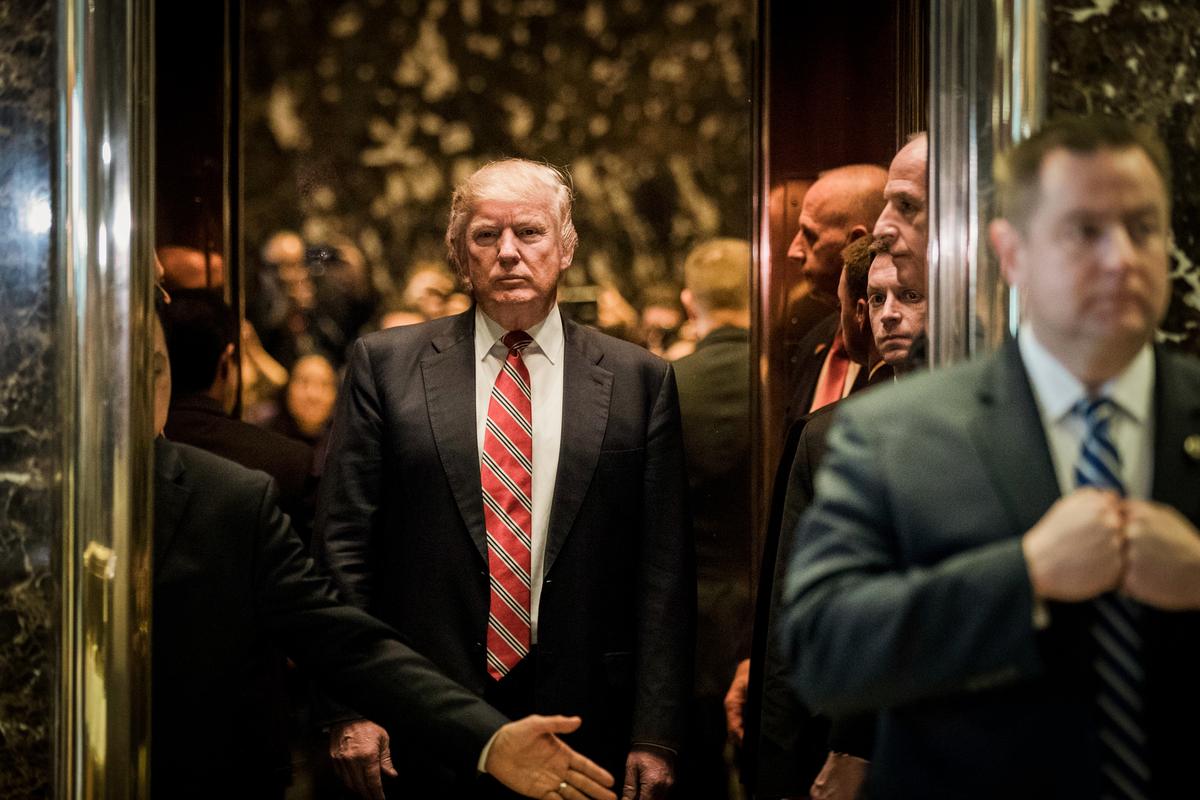
In other words, prior to the January 2017 signing of Section 2.3, it appears that greater latitude existed for officials in the Obama administration to gain access to information. But once the order was signed into effect, Section 2.3 granted greater latitude to interagency sharing of that information.
Mr. Nunes noted that “one official, whose position had no apparent intelligence-related function, made hundreds of unmasking requests during the final year of the Obama administration.”
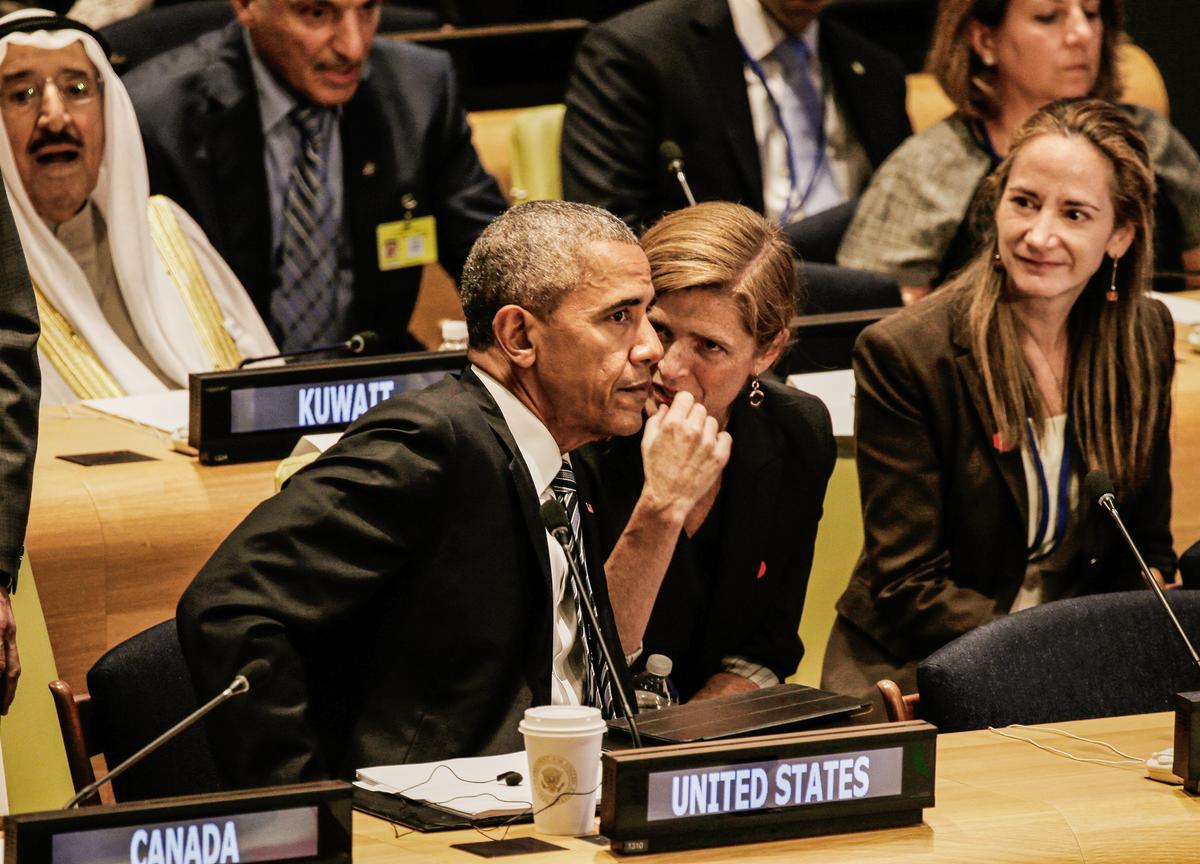
The letter from Mr. Nunes also specified that Obama administration officials sought information from intelligence reports that was specific to “Trump transition officials.”
Mr. Nunes told Mr. Coats that “these officials may have used this information for improper purposes, including the possibility of leaking,” and noted that “some of the requests for unminimized U.S. person information were followed by anonymous leaks of those names to the media.”
Mr. Nunes also told Mr. Coats that his committee had “found that the Intelligence Community’s U.S. person unmasking policies are inadequate to prevent abuse, such as political spying,” and asked for help from Mr. Coats’s office to fix the issue.
“Details about persons associated with the incoming administration, details with little apparent foreign intelligence value were widely disseminated in intelligence community reporting,” Mr. Nunes said.
“I have seen intelligence reports that clearly show the President-elect and his team were at least monitored and disseminated out in intelligence, in what appears to be raw—well, I shouldn’t say raw—but intelligence reporting channels.”
A key quote from Mr. Nunes’s news conference: “This appears to be all legally collected foreign intelligence under FISA, where there was incidental collection that then ended up in reporting channels and was widely disseminated.”
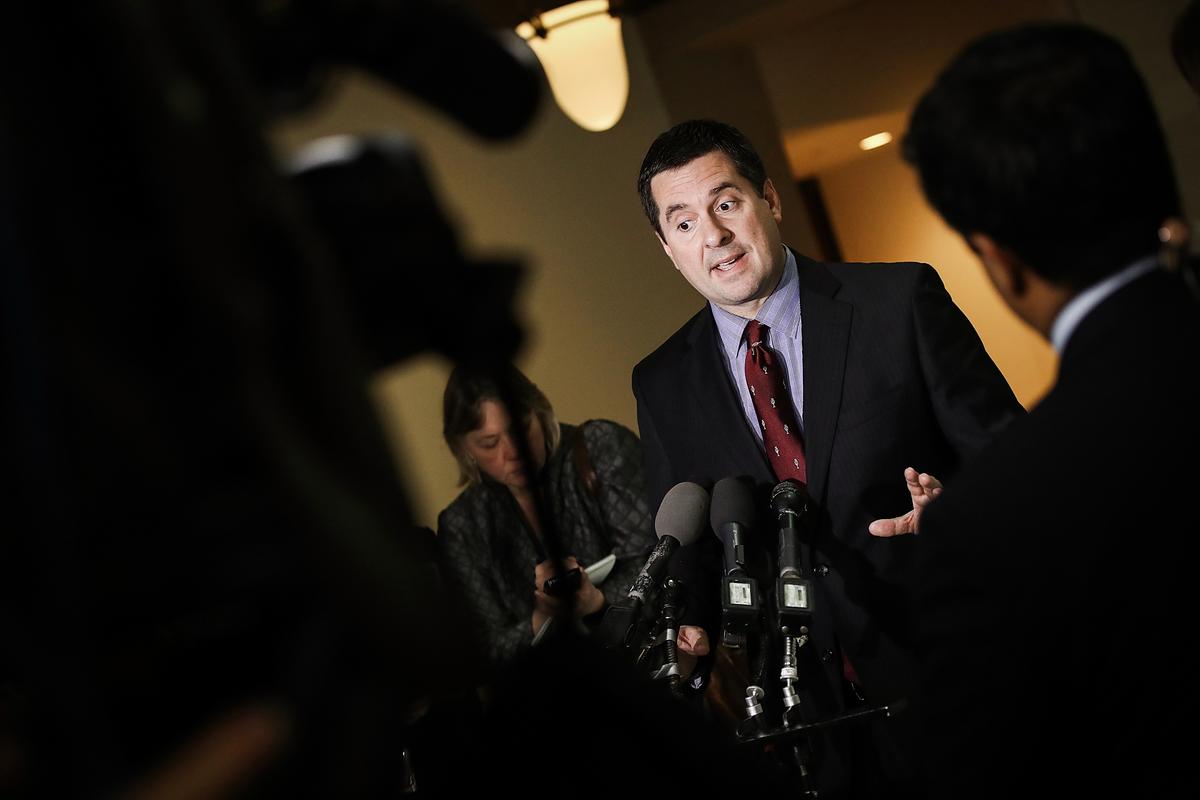
According to Mr. Housley: “The main issue here is not only the unmasking of the names, but the spreading of names for political purposes that have nothing to do with national security and everything to do with hurting and embarrassing Trump and his team.
“The FBI and the [National Security Division] didn’t need a wiretap. They already had multiple points of access in their systems. They just had to be willing to use these access points—or have someone else use them—to harvest the NSA upstream data.”
Mr. Nunes learned of the sharing and dissemination of classified information among intelligence agencies back in January 2017—directly after President Obama’s new NSA Data Sharing Order was put into place.
But it seems that Mr. Nunes wasn’t the only person talking about the dissemination of classified information on the Trump campaign.
“I was urging my former colleagues, and, frankly speaking, the people on the Hill—it was more, actually, aimed at telling the Hill people: Get as much information as you can, get as much intelligence as you can, before President Obama leaves the administration, because I had a fear that somehow that information would disappear with the senior people that left. So it would be hidden away in the bureaucracy,” Ms. Farkas said.
“But that’s why you have the leaking.”
